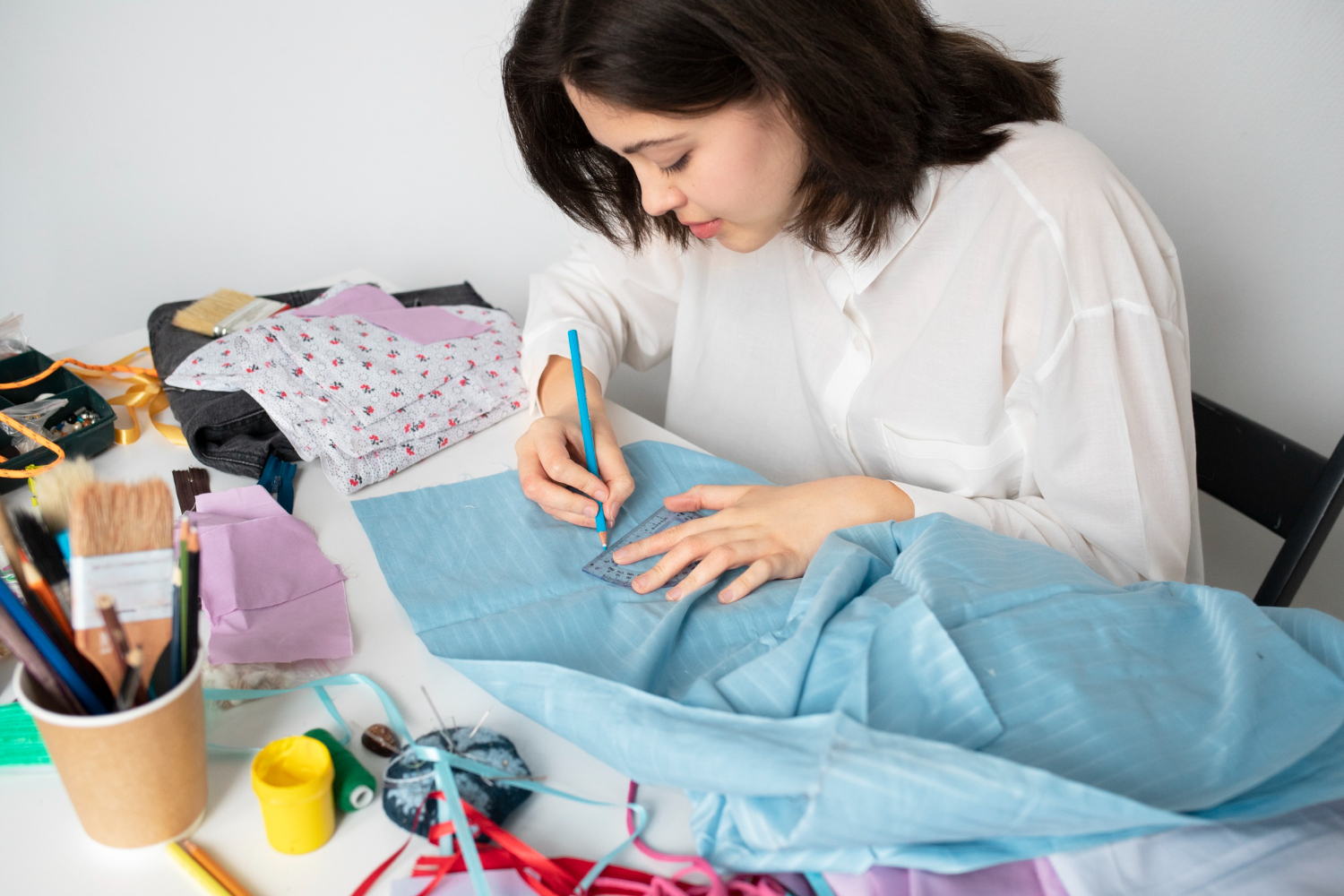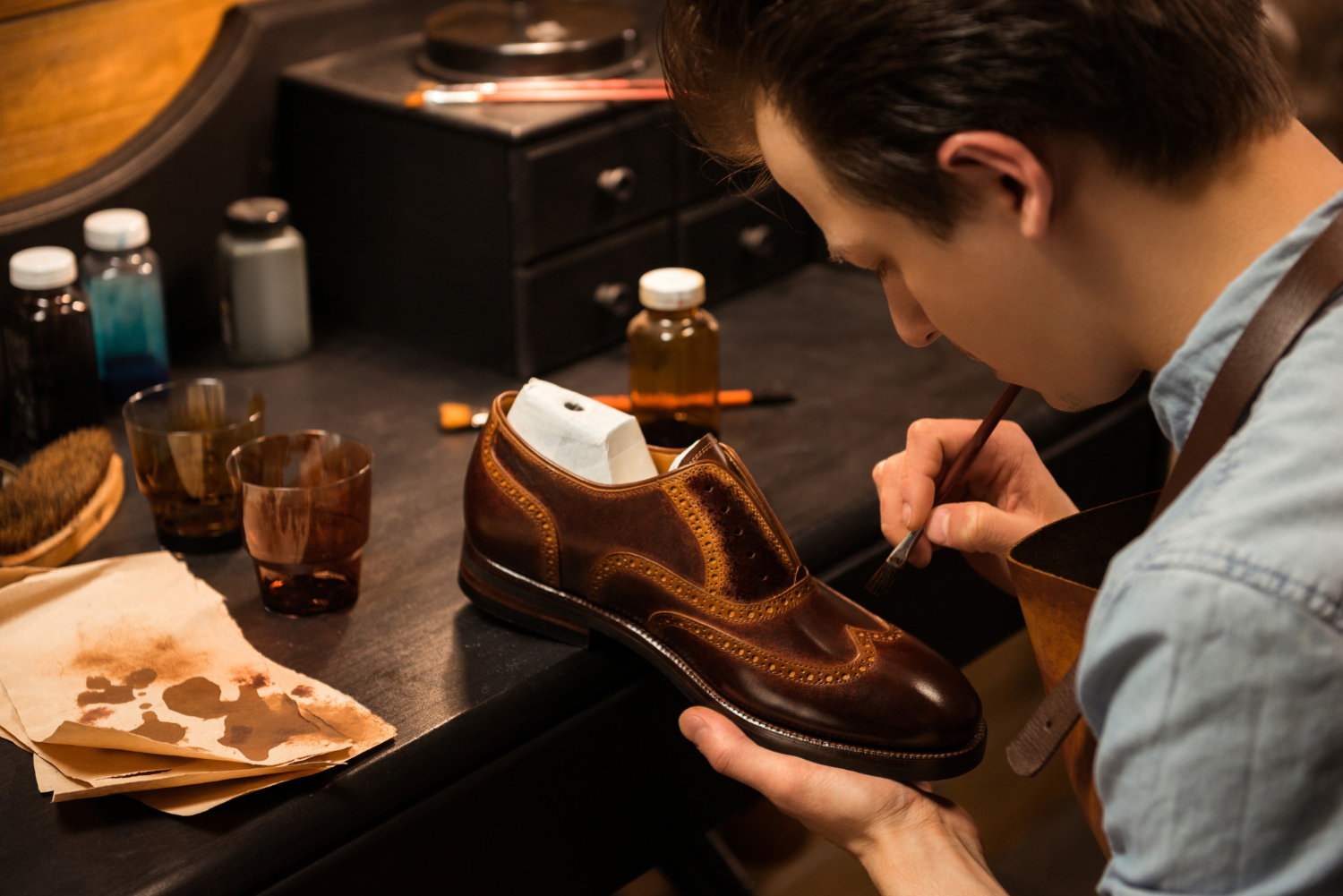How to draw wrinkles in clothes? Drawing wrinkles in clothes is an art that requires a keen eye for detail and a good understanding of how fabric behaves. Whether you are a budding artist or an experienced illustrator looking to enhance your skills, this guide will help you master the art of drawing realistic wrinkles in clothes.
Introduction
Drawing wrinkles in clothes is more than just an artistic technique; it’s a way to breathe life into your creations. By understanding how to depict folds, creases, and drapery, you can make your drawings more realistic and engaging. In this article, we will explore various techniques, tips, and tricks to help you draw wrinkles with precision and flair.
Materials Needed
Before we delve into the intricacies of drawing wrinkles, let’s ensure you have the right tools at your disposal. To begin your journey in mastering this art, you’ll need the following materials:
- Pencils and Erasers: High-quality pencils ranging from 2H to 6B will allow you to create various levels of shading and detail. Good erasers are essential for correcting mistakes.
- Sketchbook or Drawing Paper: Choose a sturdy sketchbook or heavyweight drawing paper to provide a stable surface for your work.
- Charcoal or Graphite Pencils for Shading: These can add depth and realism to your drawings, especially when working with darker fabrics.
- Blending Tools: Tools like blending stumps or tortillons help smooth transitions between different shades.
- Reference Images: Collect reference images of fabric and clothing to understand how different materials behave when they wrinkle.
Having the appropriate materials can significantly impact the quality of your wrinkle drawings, so make sure you’re well-equipped.
Observing Real-Life Wrinkles
How to draw wrinkles in clothes: To draw wrinkles realistically, it’s crucial to observe how fabric behaves in real life. Take note of the way clothing folds, stretches, and drapes. Here are some tips for enhancing your observational skills:
- Study Clothing on Different People: Observe clothing on individuals in various situations. How do garments wrinkle when someone sits, stands, or moves?
- Capture Images of Wrinkled Clothing: Take pictures of wrinkled clothes to use as references for your drawings.
By closely observing real-life wrinkles, you’ll gain insights into how to recreate them in your artwork.
Understanding the Physics of Wrinkles
Wrinkles in clothing are not random; they follow certain physical principles. Different fabrics behave in distinct ways when they are creased or folded. Understanding these principles is essential for accurate wrinkle representation.
- Elasticity and Tension: Some fabrics stretch easily while others maintain their shape. Understanding elasticity is crucial for portraying wrinkles realistically.
- Gravity’s Impact: Gravity affects the way fabric drapes and creates folds. Consider the direction of gravity in your drawings.
- Compression and Expansion: When a fabric is compressed, it wrinkles differently than when it expands. Comprehending these differences is key to drawing accurate wrinkles.
Basic Techniques for Drawing Wrinkles
To get started, begin with simple and subtle wrinkles. Use your pencil to create soft lines and shading to give depth to your drawings. As you become comfortable, you can add more detail and complexity to your work.
- Starting with Simple Wrinkles: Begin by drawing basic wrinkles on a flat surface. Practice drawing parallel lines with gentle curves and shading to represent folds.
- Adding Shading: Use shading techniques to create depth and three-dimensionality in your wrinkle drawings. Pay attention to where light and shadow interact with the fabric.
- Using Cross-Hatching: Cross-hatching can add texture and dimension to your wrinkles. Experiment with different angles and densities of lines.
Creating Folded Fabric
How to draw wrinkles in clothes: Drawing folded fabric involves a step-by-step process that includes sketching the basic form of the clothing, adding folds, and using shading to create texture and depth. We’ll walk you through these steps to help you bring your drawings to life.
- Sketching the Clothing: Start by sketching the outline of the clothing. Pay attention to the silhouette and proportions.
- Adding Folds: Identify the areas where wrinkles naturally form, such as elbows, knees, and at the waist. Draw these folds with smooth, flowing lines.
- Shading for Texture: Use shading to create the illusion of texture. Lightly shade the raised areas and darken the recesses to make the fabric appear more realistic.
Advanced Techniques – How to Draw Wrinkles in Clothes
Once you have a solid grasp of the basics, you can experiment with advanced techniques. These include adding intricate wrinkles and using shading to achieve photorealistic results.
- Intricate Wrinkles: Challenge yourself by depicting more complex wrinkles. This can include crumpled fabric, irregular creases, and fine details.
- Texture Realism: Master the art of texture. Depict different fabrics like silk, denim, or wool convincingly by altering your shading techniques.
- Highlighting: Add highlights to make certain areas of your fabric appear more reflective and glossy.
Common Mistakes to Avoid
To improve your wrinkle drawings, it’s essential to know the common mistakes artists make and how to prevent or correct them. We’ll guide you through these pitfalls and help you enhance your work.
- Overworking the Paper: Excessive erasing or shading can damage your paper and make it difficult to achieve the desired results.
- Ignoring Light and Shadow: Neglecting proper shading and lighting can result in unrealistic wrinkle depictions.
- Lack of Patience: Rushing through your drawings may lead to inaccuracies and a lack of detail. Take your time to achieve the best results.
Tips for Digital Drawing
How to draw wrinkles in clothes: If you prefer digital art, don’t worry – these techniques can also be applied to digital drawing. We’ll recommend software and tools that can assist you in achieving realistic wrinkles in your digital creations.
- Digital Tools: Explore software options like Adobe Photoshop, Corel Painter, or Clip Studio Paint, which offer versatile tools for creating digital wrinkle art.
- Layering Techniques: Use layers to separate different elements of your drawing, making it easier to manipulate and adjust individual components.
- Custom Brushes: Many software programs offer custom brushes designed for various textures, including fabric. Utilize these for a realistic effect.
Practice Exercises
To master the art of drawing wrinkles, practice is key. We’ll provide specific exercises to help you hone your skills. Regular practice will lead to remarkable improvements in your work.
- Wrinkle Studies: Dedicate time to drawing various types of wrinkles on different fabrics. Create a series of wrinkle studies to improve your understanding of fabric behavior.
- Fabric Swatches: Collect small fabric swatches or samples and practice drawing wrinkles on them. This will help you become adept at different materials.
- Master Copying: Study and replicate the works of renowned artists known for their exceptional wrinkle representations. This helps you understand their techniques.
Showcasing Your Art
It’s time to show the world your talent at drawing wrinkles once you’ve perfected your technique. We’ll look at possibilities for exhibiting your work, getting comments, and creating a network of other creatives.
- Online Portfolios: To showcase your wrinkling illustrations, create an online portfolio on websites like Behance or DeviantArt.
- Social Media: To reach a larger audience, post your artwork on social media sites like Instagram, Facebook, and Twitter.
- Art Communities: Join art forums and communities to interact with other artists, share comments, and take part in challenges and competitions.
Famous Artists’ Techniques
Learn from the best by studying the techniques of renowned artists who have excelled in capturing wrinkles in their works. This section delves into the insights offered by art history.
- Leonardo da Vinci: Study da Vinci’s sketches and paintings to observe his masterful depiction of fabric wrinkles in works like the “Mona Lisa.”
- Rembrandt: Explore how Rembrandt’s use of chiaroscuro (light and dark) enhanced the realism of his portraits, including wrinkles in clothing.
- John Singer Sargent: Learn from Sargent’s skill in portraying luxurious fabrics and intricate drapery in his portraiture.
Finding Inspiration
Every artist needs inspiration. Discover where to seek it and how to develop your unique style as you become proficient in drawing wrinkles.
- Nature: Observe the natural world, such as the way tree bark, leaves, and rocks wrinkle and fold. Nature provides a wealth of inspiration for texture and form.
- Historical Clothing: Explore historical fashion and costume design to draw inspiration for your artwork. Different periods offer unique fabric designs and wrinkle patterns.
- Contemporary Art: Stay up to date with contemporary artists who push the boundaries of wrinkle representation. Analyze their work for fresh ideas.
Troubleshooting and Q&A
We address common challenges artists face when drawing wrinkles and answer reader questions to ensure you have the support you need.
- Wrinkles Look Stiff: If your wrinkles appear rigid, practice sketching them with flowing, curved lines to create a more natural look.
- Difficulty in Shading: If you struggle with shading, experiment with different pencil grades and blending tools until you find what works best for your style.
- Drawing Fabric Texture: To improve fabric texture, focus on the direction of your lines and the variation in shading to represent different fabrics accurately.
Conclusion
In conclusion, drawing wrinkles in clothes is a fascinating art form that adds depth and authenticity to your illustrations. By observing real-life wrinkles, understanding the physics behind them, and mastering various drawing techniques, you can elevate your artistry to new heights. So, don’t hesitate—start practicing, experimenting, and creating art that captivates.
Frequently Asked Questions
Q: How can I make my wrinkle drawings look more realistic?
A: To make your wrinkle drawings appear more realistic, pay close attention to the subtle details, practice regularly, and use shading effectively.
Q: Are there specific fabrics that are easier to draw wrinkles on?
A: Some fabrics are easier to draw wrinkles on due to their texture and how they respond to creases. Cotton and linen, for example, are commonly chosen by artists for practicing wrinkles.
Q: What’s the difference between drawing wrinkles with pencils and digital tools?
A: While the fundamental techniques are similar, digital tools offer the advantage of easy correction and experimentation. Pencils require more precision in execution.
Q: Can I use these techniques for fashion design sketches?
A: Absolutely! These techniques are valuable for fashion design sketches, enhancing the realism of your clothing designs.
Q: How do I find my unique style in drawing wrinkles?
A: Finding your unique style comes with practice and experimentation. Study different artists, and try various techniques, and eventually, you’ll develop a style that is distinctly yours.
Review Extra Material: How to Make Clothes Smell Good



